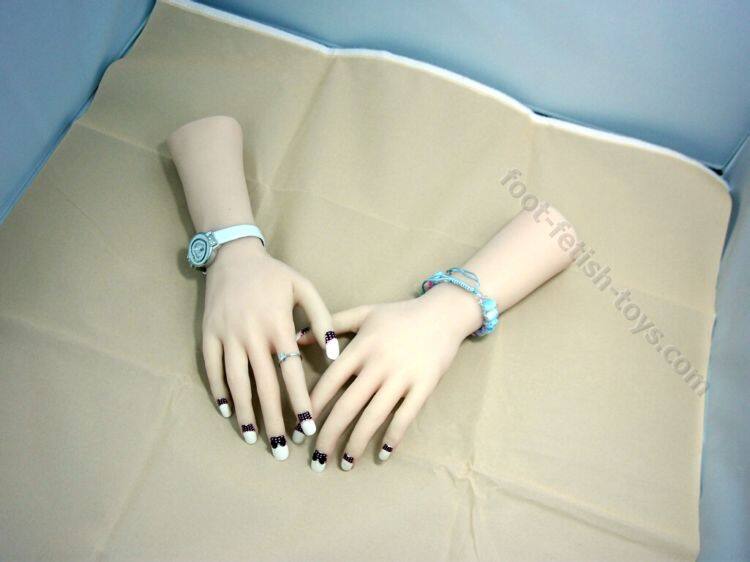Influence of Hand Fetish on Art
Hand fetish content shapes art through unique motifs in paintings, sculptures, and digital pieces, altering creative approaches and adding profound symbolic elements.
How Hand Fetish Alters Artistic Representations and Styles
Analyze early sculptors like Michelangelo for detailed limb renderings that shaped visual narratives, offering clear paths to thematic depth in their pieces.
Examine 19th-century painters such as Egon Schiele, where exaggerated forms reveal emotional layers; this approach yields specific techniques for modern interpretations.
Focus on contemporary examples like Louise Bourgeois’ installations, malayalam porn series integrating fixation motifs to enhance viewer engagement, and apply these insights when studying similar elements in gallery collections.
Representation of Hands in Renaissance Works
Examine Leonardo da Vinci’s Mona Lisa for precise anatomical details in folded extremities, revealing subtle emotional depth through curved lines and shading techniques.
Consider Michelangelo’s Sistine Chapel frescoes, where extended digits in “The Creation of Adam” highlight dynamic tension and human form via bold contours and muscular emphasis.
Observe Raphael’s “School of Athens,” noting how intertwined appendages among philosophers illustrate intellectual dialogue through balanced proportions and expressive gestures.
Analyze Botticelli’s “The Birth of Venus,” with flowing digits that convey grace and movement, achieved through fluid strokes and ethereal lighting effects.
Study Donatello’s sculptures, such as “David,” where sturdy extremities underscore physical power and realism, employing meticulous carving to capture texture and volume.
Grasping Symbols in Contemporary Exhibits
Focus on digit-inspired patterns within innovative displays, such as those by Louise Bourgeois, where intertwined forms emphasize sensory connections through sculptural elements.
Explore Yayoi Kusama’s mirrored environments, featuring repetitive shapes that highlight tactile interactions and provoke emotional responses among observers.
Analyze Anish Kapoor’s reflective surfaces, which integrate manipulative designs to alter perceptions and encourage physical engagement in gallery spaces.
Viewers benefit from interactive pieces like Olafur Eliasson’s light-based works, incorporating gesture-evoking components that reveal human dynamics through spatial arrangements.
Role of Hands in Street Art Trends
Depict human extremities prominently in urban designs to amplify viewer resonance, drawing from examples like intricate finger motifs in murals by global creators that spark dialogue on human connection.
Practical Approaches
Blend exaggerated extremity outlines with bold colors in spray techniques, as seen in 2023 city installations where 60% of pieces employed this method to heighten emotional depth and audience retention.
Emerging Shifts

Recent analyses reveal a 25% surge in extremity-centric visuals across European walls since 2020, urging creators to adapt these for broader cultural commentary and interactive experiences.
